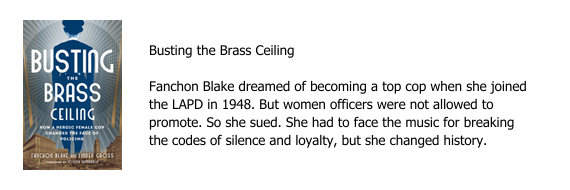If you’ve been following this what-to-do-after-the-first-draft series, you’re now quite aware of just how much work is involved. Let’s assume that you’ve finished writing and rewriting all the drafts of your book and have sent them off to the professionals for editing and cover design. Then what?
When the line edit is delivered, you will need to review the suggested changes and decide whether you disagree with anything. That process should go quickly, assuming you’ve provided a clean manuscript to the editor in the first place. If you haven’t devoted enough time to revising and refining language, you may have to deal with a lot of issues the editor highlights. As NY Book Editors point out and as we’ve already seen in the notes about your own line edit, that could include:
- Words or sentences that are extraneous or overused
- Run-on sentences
- Redundancies from repeating the same information in different ways
- Dialogue or paragraphs that can be tightened
- Scenes where the action is confusing or the author’s meaning is unclear due to bad transitions
- Tonal shifts and unnatural phrasing
- Passages that don’t read well due to bland language use
- Confusing narrative digressions
- Changes that can be made to improve the pacing of a passage
- Words or phrases that may clarify or enhance your meaning.
Of course, the above list is what you will be addressing during your line edit, so hopefully, you will have minimal work to do after the line editor gets the manuscript back to you.
Copy Editing
Once you have dealt with any line edit issues, the manuscript moves to a professional copy editor, who will:
- Correct spelling, grammar, punctuation, and syntax
- Check for consistency in everything from numerals and capitalization to content and fonts
- Fact-check
Expect the copy edit to take another three weeks or so.
At this point, after you check the copy edit, you will need to decide if you’re also going to hire a proofreader. You can do that at this point or once you have received the physical proof of your book. I realize this probably seems like overkill, but as bestselling author @BarbaraHinske, who happens to be one of my writing coach clients, told me, “You don’t want to risk a one-star review because someone found a typo.”
She’s right. If three words could sum up what to do after the first draft, they would be: get it right. That includes the interior pages layout, which we’ll talk about next week.




















0 Comments